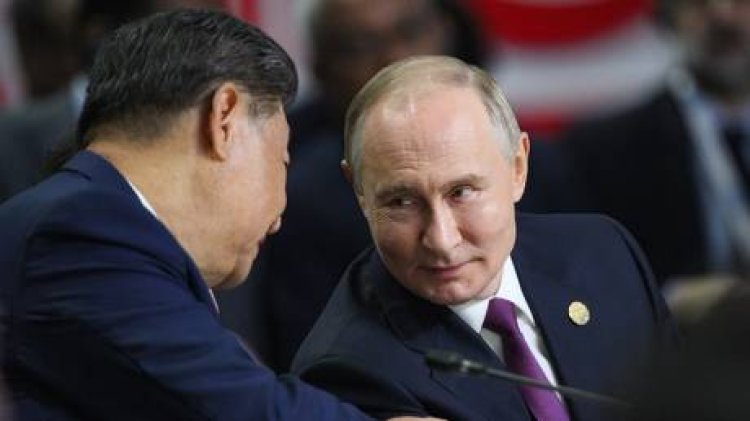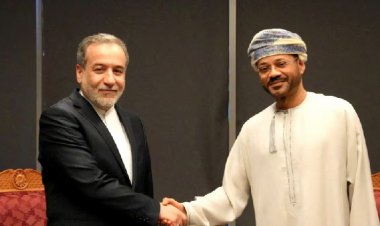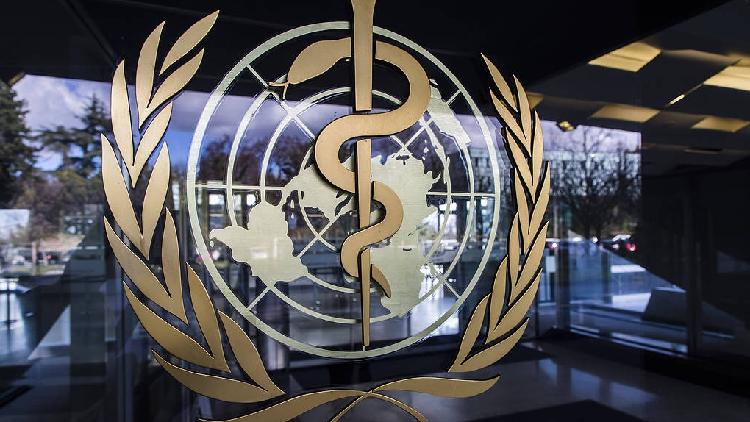The West Is Fragmenting: Steps Russia and China Need to Take
The traditional world is diminishing.

In recent years, Russia and China have become prominent champions of a multipolar world, emphasizing sovereignty and adherence to international law. Their strategic partnership, which has been tested amid global crises and geopolitical upheaval, is now seen as a foundational element of what is frequently described as the “world majority” – an expanding coalition of nations striving for independence in their foreign policies and developmental paths.
Despite facing significant pressure from the West, including sanctions and information campaigns, Moscow and Beijing have not only maintained but further strengthened their cooperation. This partnership is essential for both nations and holds global importance as it exemplifies how major powers can confront hegemonic frameworks while still upholding international norms.
As they fortify their partnership, Russia and China must remain vigilant to significant shifts occurring in the Western world. These transformations, particularly in the United States and Europe, present new opportunities but also introduce risks that must be discerned and addressed.
Fractures in the Western bloc
A notable divergence has emerged between the United States and its European allies. Western European capitals have shown dissatisfaction and confusion regarding several decisions made by Washington, signaling a growing strategic divide. As these nations attempt to recalibrate in light of an increasingly unpredictable United States, misunderstandings are on the rise. The once-cohesive “collective West” has now evolved into a collection of conflicting interests and visions.
This fragmentation warrants careful observation by Russian and Chinese policymakers and analysts. To navigate the future effectively, a coordinated approach in monitoring US-EU relations and engaging in joint analysis will be crucial.
Internal divisions within the political elites of Western countries
A further complication arises from the deepening internal divisions among the political elites in the West. One faction acknowledges the necessity of adapting to global changes and addressing internal socioeconomic challenges, while another clings to outdated globalist paradigms, striving to maintain Western dominance without confronting the fundamental issues underlying their decline.
This divide is particularly pronounced in the United States, where political polarization has reached alarming levels. The outcome of this internal struggle remains uncertain, but it may lead to more unpredictable and aggressive foreign policies toward Russia and China, as Western elites might seek to project their internal challenges onto external rivals by escalating global tensions. Moscow and Beijing should be prepared for this eventuality.
Strategic economic cooperation
The economic collaboration between Russia and China has demonstrated resilience, even amidst relentless efforts by the US and Europe to isolate both nations. However, recent years have exposed vulnerabilities, with sanctions and secondary pressures disrupting trade flows and delaying key projects. A vital task for both governments is to pinpoint weaknesses and develop measures to safeguard their economic exchanges.
By insulating their cooperation from external disruption, Russia and China can bolster mutual trust and create an even stronger basis for political alignment, particularly in the face of ongoing Western pressure.
The role of Europe
Western Europe remains a nuanced component in global dynamics. While its economic influence continues to be significant, especially for China, the region's political and cultural developments require vigilant observation. Russian and Chinese analysts may have differing perspectives regarding Europe’s future role, but neither side can afford to overlook it.
Impending political shifts in European states might pave the way for more pragmatic leadership. If this occurs, Moscow and Beijing must be poised to engage effectively. Even amid deteriorating relations, Western Europe remains a crucial partner and a significant factor in the broader strategic landscape.
Countering Western divide-and-rule tactics
US policymakers have openly indicated their desire to weaken the Russia-China partnership. There have been suggestions aimed at distancing Moscow from Beijing to prevent a deeper Eurasian alignment. Such attempts are likely to escalate, particularly if relations between the US and China worsen.
Washington will likely pursue separate dialogues with Russia and China on critical issues like cybersecurity, artificial intelligence, and nuclear arms control, with the intention of emphasizing differences and creating the perception of divergent interests.
These maneuvers must be approached with caution and solidarity. The historical tensions of the mid-20th century do not compare to any serious contradictions between Russia and China today. The current strategic alignment is founded on shared values and practical interests, which must be continuously reinforced at both governmental and societal levels.
Expanding societal and scientific ties
Residual stereotypes continue to influence public perceptions in both nations. While strides have been made in areas like people-to-people exchanges, educational programs, and academic collaboration, more can be achieved. Enhanced cooperation in science, education, and cultural initiatives can deepen mutual understanding and mitigate lingering distrust.
Establishing a robust societal foundation for this bilateral relationship will help it resist external manipulation. The political will exists; the challenge now is to translate this commitment into tangible initiatives.
Toward a shared Eurasian future
Ultimately, China and Russia bear a shared responsibility for fostering a peaceful and prosperous Greater Eurasia. Both nations are dedicated to preventing external interference and resolving conflicts throughout the continent. Collaborating on strategies for development, connectivity, and conflict management in this expansive region is not just desirable; it is essential.
The future of Eurasia significantly depends on how well Moscow and Beijing can align their visions. This is not merely an academic consideration but a real-world challenge with far-reaching consequences.
Conclusion
Russia and China are navigating a time of profound global transformation. Their partnership has already established itself as one of the most influential forces in international politics. Nevertheless, the evolving circumstances in the West, particularly the emerging crises within the United States and Europe, present both risks and prospects.
To safeguard and further their mutual interests, Russia and China must adopt a strategic approach: closely studying developments in the West, strengthening their cooperation, countering divide-and-rule strategies, and enhancing connections at all societal levels. Together, they can contribute to the creation of a world order that is more just, stable, and reflective of the true diversity of global power.
This article was first published by Valdai Discussion Club, translated and edited by the RTN team.
Anna Muller for TROIB News












